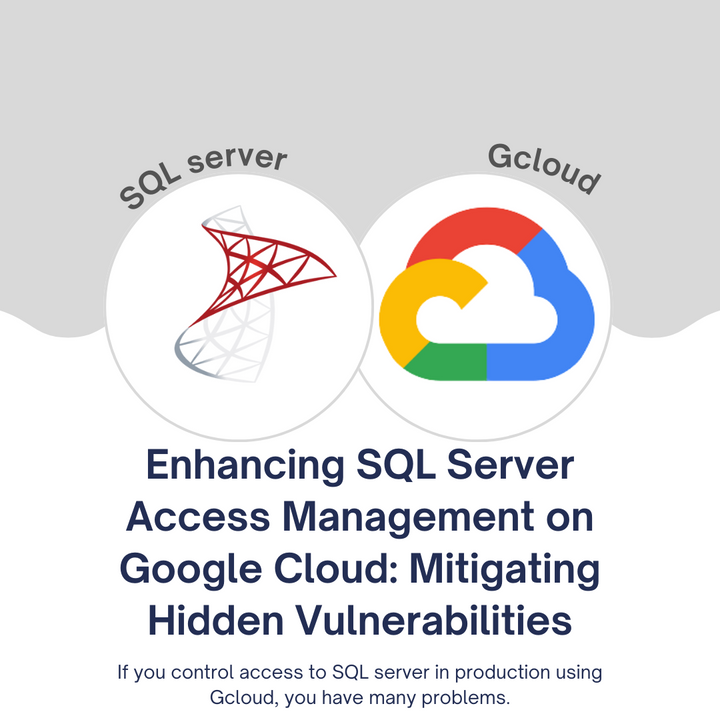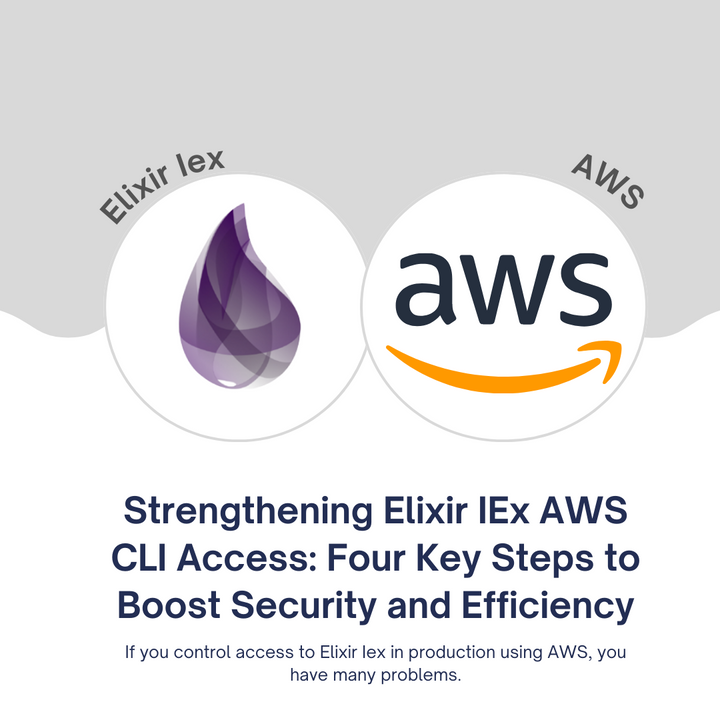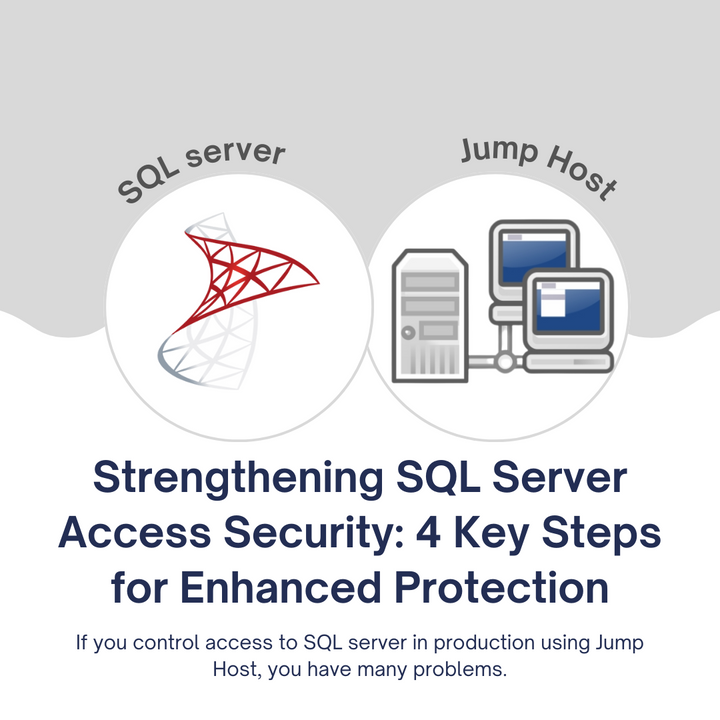The Benefits of Implementing Single Sign-On for DBAs
The reason most Database Administrators (DBAs) struggle with security and user management is because handling multiple login credentials and user permissions can be a complex and risky endeavor. This happens because most DBAs find themselves in a constant battle to secure sensitive data while efficiently managing user access rights. Failing in this realm can lead to data breaches, administrative overhead, and user frustration.
In this article, we will explore the advantages of implementing Single Sign-On (SSO) for DBAs. We're going to walk you through:
- Enhancing Security and Access Control
- Streamlining User Management
- Improving User Experience
- Meeting Compliance Requirements
Implementing SSO for DBAs can simplify your security and user management processes, enhance user experience, and ensure compliance. These benefits ultimately lead to improved data security, reduced administrative burden, and increased job satisfaction for DBAs.
Enhancing Security and Access Control
Protecting sensitive data and preventing unauthorized access to databases is paramount in the digital age. According to the 2022 Data Breach Investigations Report by Verizon, 25% of data breaches involve the use of stolen credentials. SSO reduces the risk of data breaches by centralizing access control, making it easier to manage permissions.
For DBAs, the importance of strong security cannot be overstated. Unauthorized access to critical databases can lead to disastrous consequences, including data leaks, loss of trust, and legal repercussions. Implementing SSO simplifies the security landscape by enabling you to control access from a single entry point.
Mistakes to avoid include failing to implement strong password policies and multifactor authentication with SSO. Without these measures, your SSO solution may still be vulnerable to credential theft or misuse.
To ensure the highest level of security, enforce strict password policies and require multifactor authentication for all users. This additional layer of protection can significantly reduce the chances of unauthorized access.
Real-life Example: Major banks use SSO for DBAs to ensure that only authorized personnel can access critical financial data. This is crucial for preventing financial disasters and maintaining trust in the industry.
Takeaway: SSO is a robust security measure that DBAs should not overlook when striving to protect sensitive data and manage access.
Streamlining User Management
Efficiently managing user access rights and permissions is essential for maintaining a well-organized database system. According to a survey by Okta, 58% of IT professionals view streamlined user management as a top benefit of SSO. SSO streamlines user provisioning and deprovisioning, reducing administrative overhead.
DBAs often grapple with the challenges of user management. Creating, updating, and deleting user accounts can be a cumbersome process, especially in large organizations with multiple databases. Without proper management, access rights may become outdated, leading to potential security vulnerabilities.
The mistake to avoid is neglecting to regularly audit and update user access privileges. Inconsistencies in user permissions can accumulate over time, creating a convoluted access landscape.
To streamline user management effectively, implement automated user access reviews. Automation ensures that access privileges are continuously monitored and updated, reducing the risk of unauthorized access.
Real-life Example: A multinational corporation uses SSO to efficiently onboard and offboard employees across various subsidiaries. This streamlined approach simplifies user management and ensures consistent access controls.
Takeaway: SSO simplifies the management of user access, enhancing DBA efficiency.
Improving User Experience
A positive user experience for DBAs means increased productivity and job satisfaction. A Gartner report states that a seamless user experience can boost employee productivity by 20%. SSO provides a seamless login experience, reducing the need for multiple passwords and logins.
DBAs who have to juggle numerous login credentials for different databases can experience reduced productivity and frustration. SSO simplifies the user experience by allowing DBAs to log in once and access all relevant systems, improving overall efficiency.
The mistake to avoid here is overcomplicating the SSO implementation, which can lead to a cumbersome user experience. If DBAs find it challenging to access databases through SSO, the purpose of enhancing user experience is defeated.
To ensure a positive user experience, prioritize a user-friendly SSO implementation that reduces complexity and enhances accessibility.
Real-life Example: A tech startup adopts SSO to simplify login processes for its DBAs, resulting in improved productivity. DBAs can now focus on their tasks instead of dealing with login-related frustrations.
Takeaway: A smooth user experience with SSO is key to DBA satisfaction and efficiency.
Meeting Compliance Requirements
Staying compliant with industry regulations is a non-negotiable responsibility for DBAs. The Ponemon Institute reports that non-compliance can result in an average cost of $5.47 million per data breach. SSO helps in meeting compliance requirements by enforcing strict access controls and audit trails.
DBAs often deal with sensitive data subject to industry-specific regulations. Failing to meet these compliance standards can lead to severe financial and legal consequences. SSO can assist in compliance efforts by providing detailed access control and audit trail features.
The mistake to avoid is failing to regularly monitor and document SSO-related compliance measures. Compliance is an ongoing process that requires meticulous record-keeping to demonstrate adherence.
To maintain compliance, DBAs should maintain meticulous records of access and permissions, ensuring that all actions are well-documented and aligned with regulatory requirements.
Real-life Example: A healthcare organization implements SSO to meet HIPAA compliance standards, safeguarding patient data. This ensures that the organization avoids costly fines and maintains a high level of trust.
Takeaway: SSO is a valuable tool for DBAs to ensure regulatory compliance.
In conclusion, implementing Single Sign-On (SSO) for Database Administrators offers a range of benefits, including enhanced security, streamlined user management, improved user experience, and compliance support. By avoiding common mistakes and following best practices, DBAs can take full advantage of SSO, ultimately leading to better data security, reduced administrative burdens, and increased job satisfaction.



